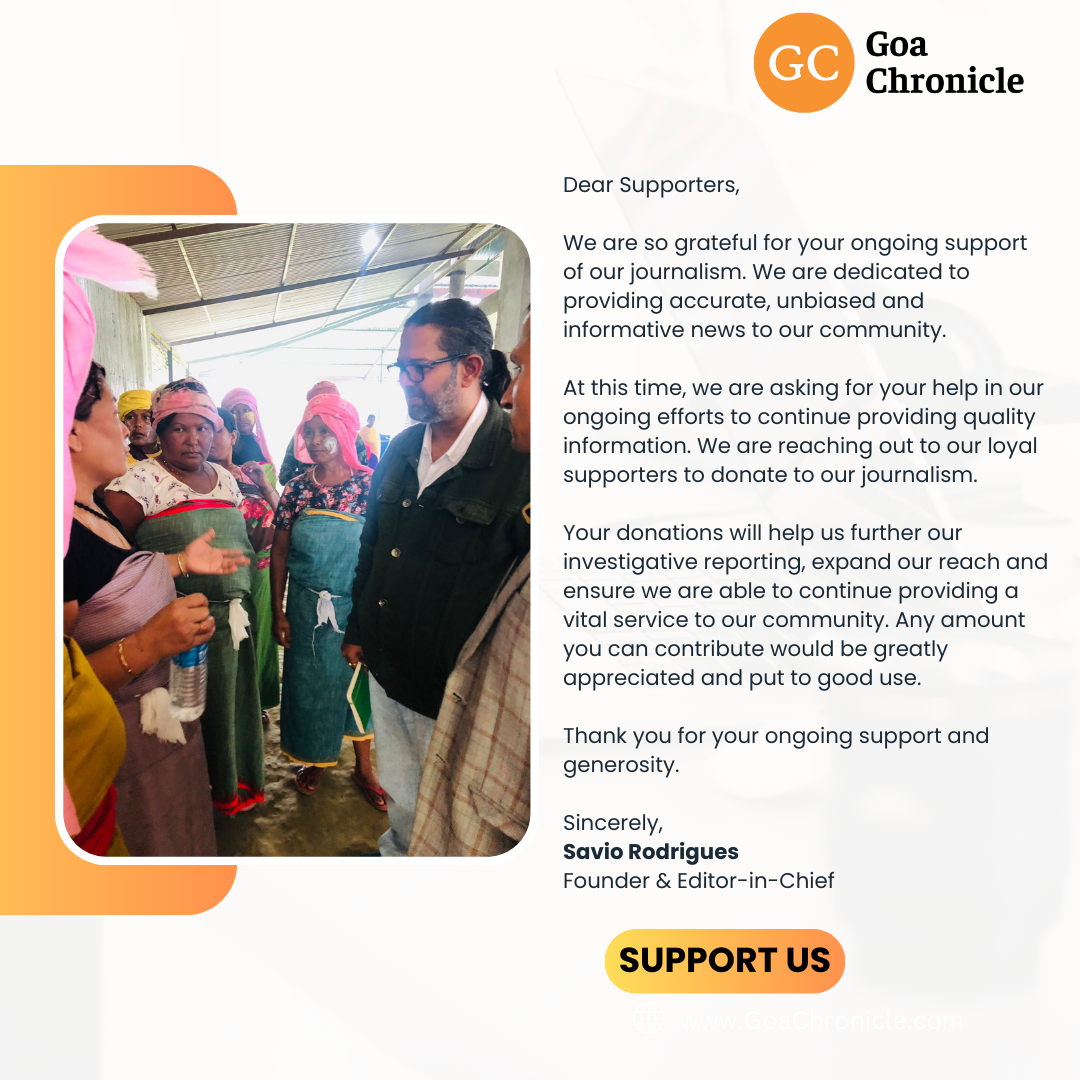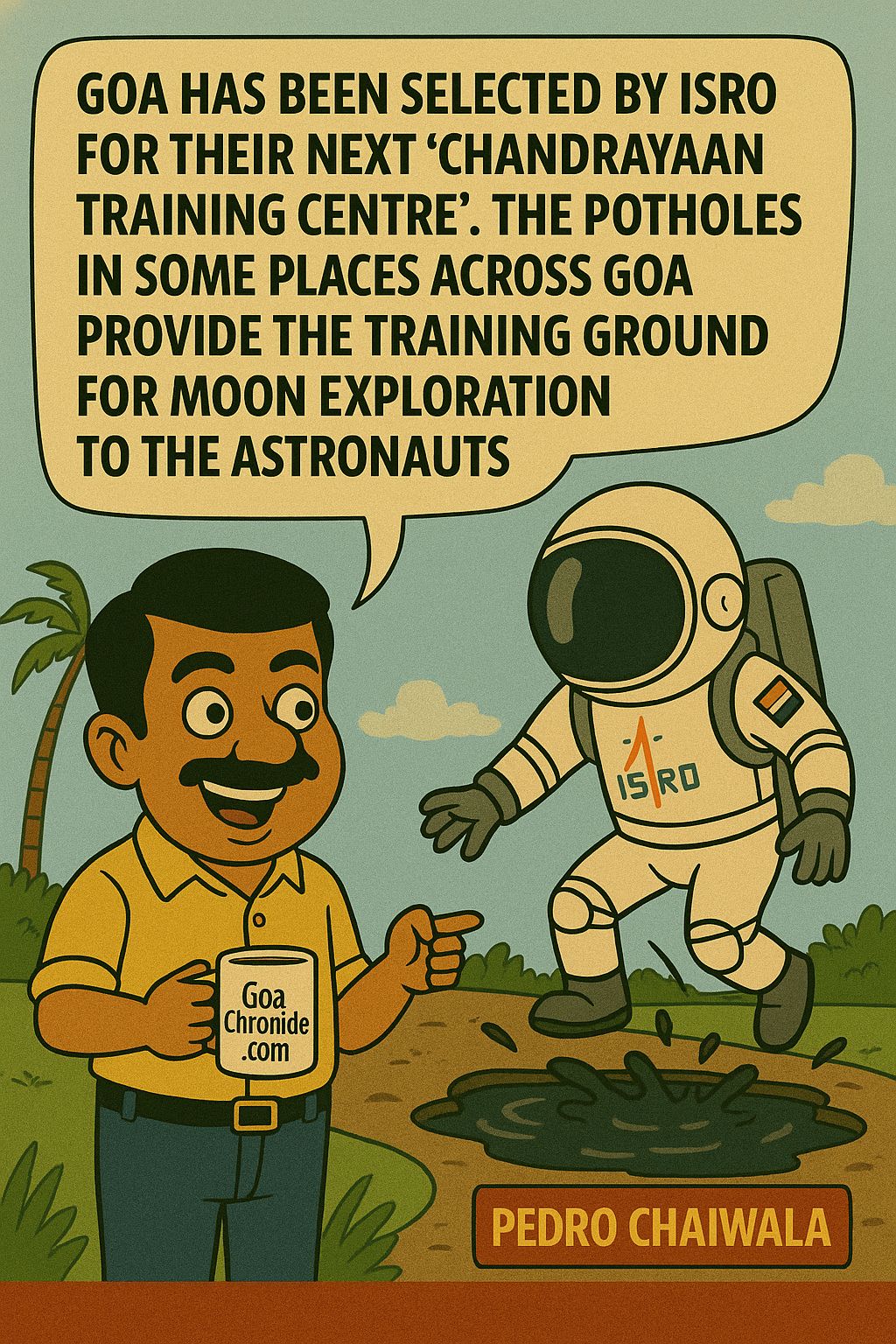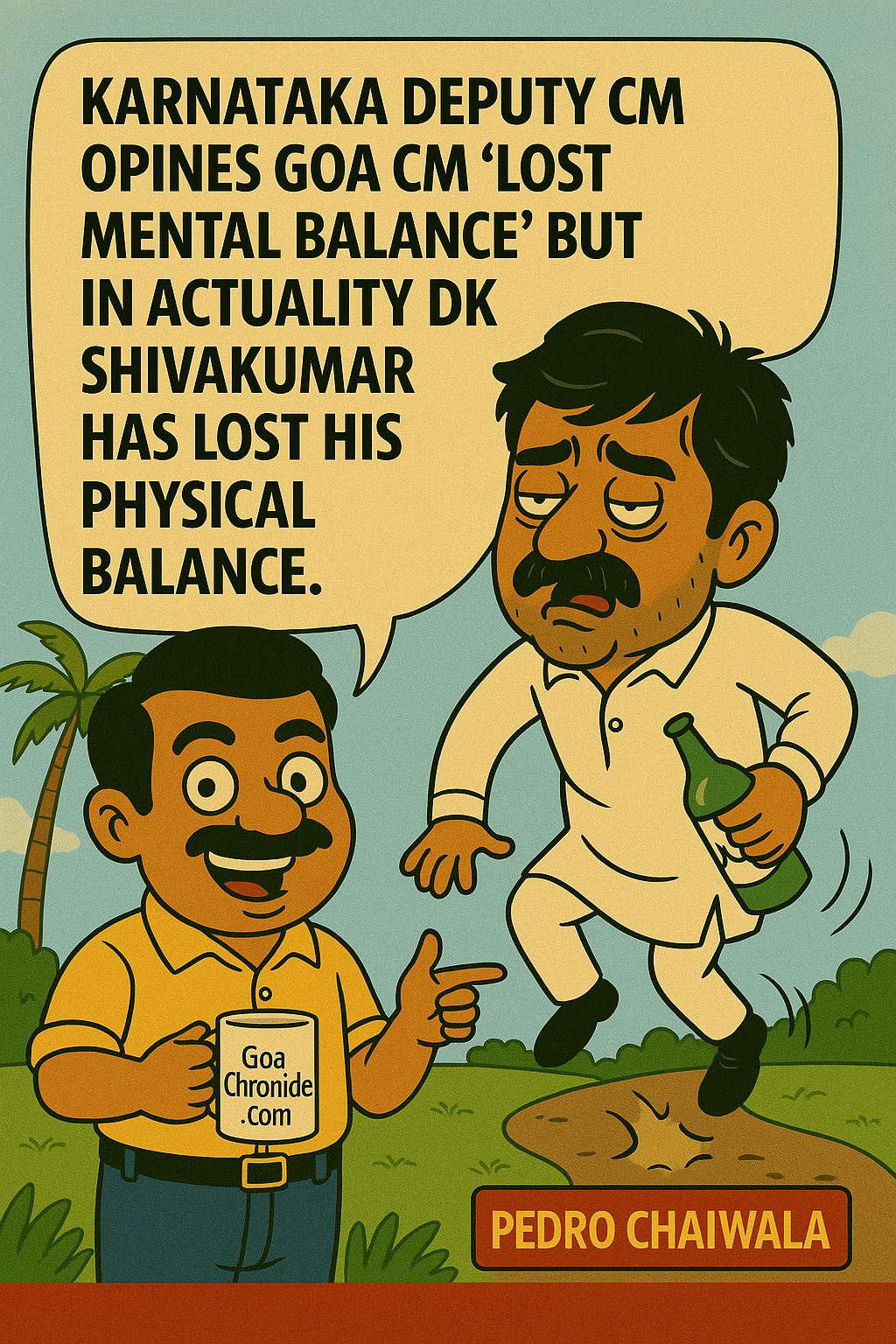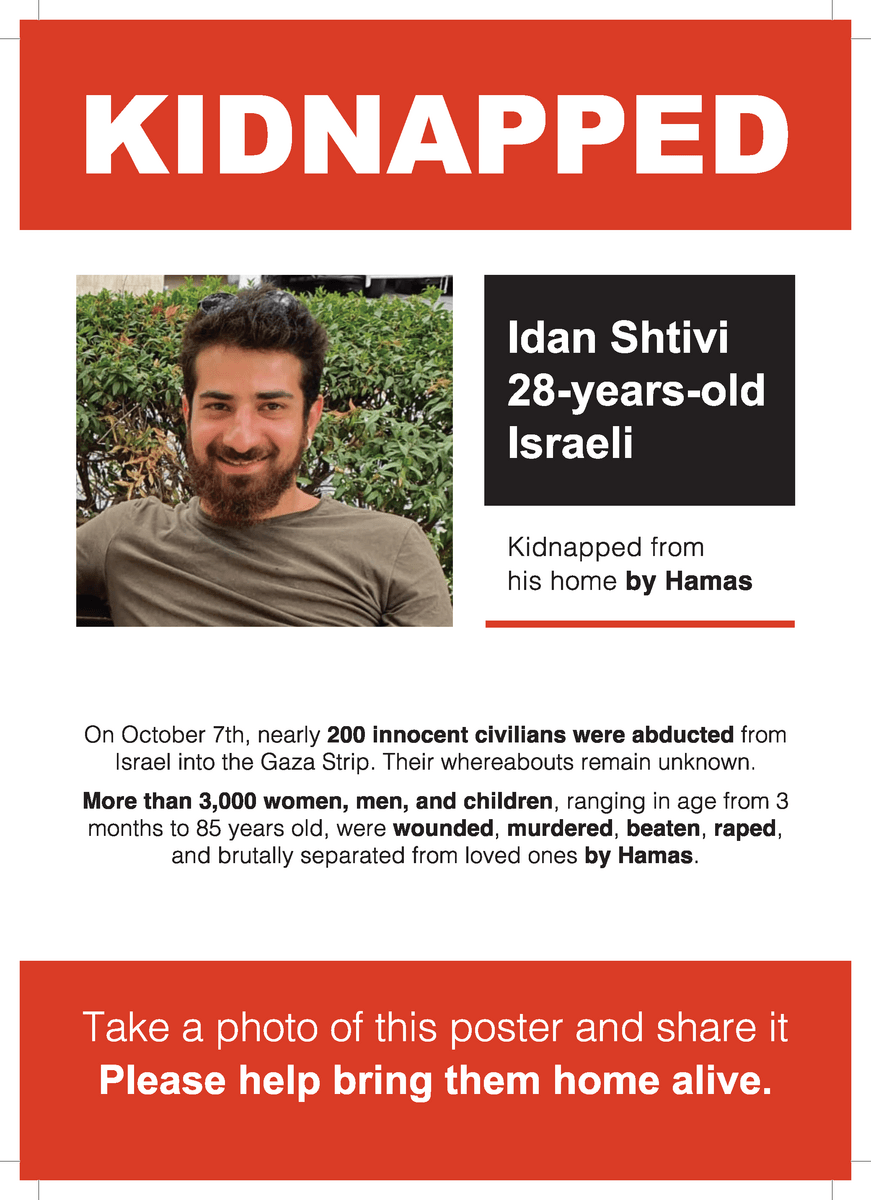To commemorate the memory of the departed valiants, 1300 KIA braves of the IPKF, in OP PAWAN, a group of veterans is gathering on 29 Jul 22, at the National War Memorial, to mark the 35 th Anniversary of OP PAWAN in Sri Lanka. This would be the second private commemoration at the NWM, as the government officially honours only the KIA of 71 and the Kargil War of 1999 at this venue.
Below is an extract from the from the book “Valiant Deeds, Undying Memories” by authors Lt Col Atul Kochhar and Lt Col BR Nair, © published by Notion Press. The account is penned by Maj Gen Binoy Poonnen of the Mahar Regiment.
“Tell my Mom I am OK” – Maj Gen Binoy Poonnen, AVSM, VSM
On 19Jul1988, 2/Lt Rajeev Sandhu, #MVC(P), 7ASSAM, made supreme sacrifice while fighting in #SriLanka(OP PAWAN); #WesternCommand salutes this youngest ever officer of Assam Regiment decorated with MVC. His exemplary courage & charismatic persona remains a source of inspiration. pic.twitter.com/Ta6nJT5EHC
— Western Command – Indian Army (@westerncomd_IA) July 19, 2021
Time line, 1976 to 1982
St John’s High School, Chandigarh is a well-known English medium, all boys private school based in Chandigarh. The school had been ranked Number. 1 in Punjab & Haryana, for many years and Number 3, amongst best boy schools in India. The rank and stature of this school, is what makes it prestigious and sought after in Chandigarh. A young boy, hereafter referred to as “Our Hero” studied in this prestigious school from 1976 to 1982, from Classes 5 to 10. Our Hero was quite popular amongst his classmates, and a common opinion that they had about him was that he was a firebrand enthusiastic leader, and a perfect fit to be an officer in the Army.
“It was in his blood; he could do anything since he had an admirable will power,” said Lieutenant Colonel PK Jaitly who studied with our hero in the same class.
“There were three who got commissioned as officers in the Indian Army from our class. He stood out. He had a ‘never-say-die’ spirit,” said Colonel Michael James another classmate.
Time line 1982 to 1987, DAV College Chandigarh
D.A.V. College Chandigarh was founded in 1958, when the city of Chandigarh was in its infancy. The college has grown with the city, becoming an integral part of the region’s socio-cultural milieu. Our hero had studied in this college after passing out from school and until graduation.
The college has a tradition of remembering its students who have laid down their lives for the service of the nation. There are four pillars at the entrance of the administrative block which depicts the name and list the laurels achieved by the brave hearts. Our hero figures in that revered list.
Time line 1987 to 1988: Officers Training Academy, Chennai
Our hero was trained in OTA Chennai the reputed academy, for nine months and was commissioned into 7 Assam Regiment on 5 March 1988. He was pipped by his father DS Sandhu, who had served in the Indian Air Force and mother Mrs Jayakant Sandhu, the first lady SSP officer from PPS cadre, who was also a recipient of the Police Medal for meritorious service. After a short post commission leave, our hero reported to his battalion, which was deployed in the Batticaloa district of the Eastern province in Sri Lanka, as part of the IPKF.
Time line July 1988 – Village Pullumalai, Batticaloa
Batticaloa district is part of the nine provinces, which are further sub divided into 25 districts of Sri Lanka, and is located in Eastern Sri Lanka. The population of the district is mostly Sri Lankan Tamils, adversely affected by the civil war. The war killed an estimated 100,000 people. Several hundred thousand Sri Lankan Tamils, possibly as many as one million, emigrated to the west during the war. Many Sri Lankan Tamils also moved to the relative safety of the capital, Colombo. The war also caused many people from all ethnic and religious groups who lived in the district to flee to other parts of Sri Lanka, though most of them have returned to the district since the end of the civil war.
On the western fringe of Batticaloa district, a non-descript village called Pullumalai is located. This village was adversely affected by the civil war. The battalion headquarters of my unit,13 Mahar was located here in 1988.
The “scenic” connection
What would Chandigarh, Chennai and Batticaloa have in common? Very little, geographically, but a lot, for the military historian. The “scenic connection” tracks the days spent by our hero from school to college to OTA, and finally to 7 Assam in Sri Lanka. Nothing spectacular so far, it would appear, but it is the events that followed that made our hero, a soldier to be revered forever.
Situation in Batticaloa District
Batticaloa area of operations of 13 Mahar, in Eastern Province. Area of detail is shown in box/inset.
My unit was deployed in Batticaloa as part of the ‘Red Shield Division’ of the IPKF in 1988. The Red Shield Division had been picked up specifically for its expertise gleaned in counter insurgency in the North Eastern states, which had been festering since the early 60 s, and was the earliest of the various insurgency movements in independent India. Our posts were spread all over the district with the battalion headquarters located at Pullumalai, where I was performing the duties of adjutant. I was then a captain, with about ten years of service. We were deployed in Sri Lanka at a time when the duels between IPKF and the LTTE were at its zenith. There wasn’t a single incident free day ever – the events/encounters ranged from killing of innocents by the LTTE, ambushes and counter ambushes by the IPKF and LTTE, heavy rival exchange of volleys, firing on IPKF posts. These were routine incidents!
On 18 July 1988, my commanding officer summoned me to his make shift office at about 4 p.m. and informed me that he had been called to the brigade headquarters of 59 Infantry Brigade at (about 40 km away) Vantramallai, for an operational conference. He would be back only the next day. Since I would be the only officer left behind in the headquarters, he cautioned me to be alert for the night, since the LTTE were quite capable of creating some trouble, going by the events of the preceding few days. Soon after he left, I quickly went around the battalion headquarters to check the guard, and also to activate the “quick reaction team” to ascertain their level of alertness. Thereafter I got back to my office and buried myself into the morass of files and other routine work
.
The night before
At about 9 p.m. I was informed by the guard that a small convoy of 7 Assam led by an officer had reached the gate. I instructed the guard to check out the credentials of the party, including the name of the officer and then let them in. About half an hour later, there was a knock at my door followed by a crisp:
“Good evening, Sir!”
I looked up at the entrance of my tented office and there stood a tall, handsome young Second Lieutenant with a 9 mm carbine strapped across his shoulder. I rose up from my chair and said,
“Welcome to 13 Mahar, Rajeev.”
The youngster was astonished.
“You know my name, sir?”
“Ah yes, I, got it from my guard at the gate. I hope your boys are comfortable. I guess you are transiting through my battalion location.”177
It was our hero, Rajeev Sandhu.
As Rajeev stepped in, he said:
“Yes Sir, we will be staying for the night in your headquarter and will be off tomorrow morning. My company has been placed under your neighbouring battalion and I have a task to perform tomorrow”.
“Well Rajeev there is a hot meal waiting for you at the Officers’ Mess, and then you can proceed to my tent, where you can knock off for the night.”
“Thanks Sir, but how about your dinner?”
“Not before midnight friend, since I’ve got to catch up with some work” I replied.
“Sir, there is no way that I will have dinner while you are slogging away in your office alone. I will sit up till midnight with you and we will dine together.”
In spite of my best efforts to get Rajeev to break off for dinner and rest, he wouldn’t budge. He insisted that we have dinner together. So, while I was still working on my files, we got into a conversation, thus:
“When did you pass out of the Academy, Rajeev?”
“On the fifteenth of March this year, Sir, from OTA Madras.”
“And where did you study?”
“St John’s High School Chandigarh, Sir and graduation from DAV Chandigarh.”
“Well… that’s a coincidence. I studied in St John’s School Bangalore and St John’s School Meerut” I said.
I was quite impressed with this young officer, just four months into commissioning, but brimming with confidence and well up to speed. The conversation went on and finally at around 11.30 p.m. I wound up my work and took Rajeev to the field officer’s mess. I liked the way he conversed, expressed his views with a subtle well-timed humour, which got us into splits of laughter. For me, it was a welcome change since, in the preceding few months the only other officer I was in conversation with in the battalion headquarter, was my commanding officer- miles senior to me. The probability of humour in that setting was bleak.
A quick dinner and then we walked across to my tent, where Rajeev’s bed was already prepared by my boys on a field camp cot. There was so much that we discussed, from hobbies to games, (Rajeev was a national skating champion for seven years) to life in the infantry to the insurgency in Sri Lanka and more. Such an affable, well-mannered energetic young officer, full of life and mature much beyond his years.
“Chalo(come on) Rajeev, you better knock off to sleep. When do you intend hitting the road?”
“Sir, I must leave by 5 a.m. since I have a fair amount of distance to traverse.”
“Fine, I will see you off.”
“No sir, that’s not required, you don’t have to trouble yourself.”
“Rajeev, as a rule, no convoy moves out of this Headquarters, until briefed by the Adjutant, since we are in an operational area. So, my dear, I really do not have much choice.”
“Well sir, in that case it will be an honour to be briefed and seen off by you” said Rajeev.
Rajeev woke me up at 4.30 a.m. on that next fateful morning, and we quickly got ready, jumped into our combat dress and sauntered up to the gate together, where his small team was waiting in two vehicles. He briefed his boys first, and I did so thereafter, cautioning them to be fully alert since the LTTE cadres were quite active on the route that they were to traverse. At 5 a.m. sharp, the party was ready to move and the youngster gave me a smart salute and said,
“Thank you, Sir, looking forward to meeting you again!”
“Me too, Rajeev. Be careful and all the best!” I said as I shook his hand.
The Fateful Day
Around 9 a.m. I received a radio call which confirmed that the 7 Assam convoy had crossed my unit area of responsibility and was now transiting through the neighbouring battalion area. A little while later, I got yet another call from a radio operator who said, “Saheb LTTE ne 7 Assam convoy par ambush kar diya.” (Sir LTTE has ambushed the convoy of 7 Assam) I was stunned, to say the least. I tried to get it off my mind and the dread, that something had happened to Rajeev. My best efforts to get more details of the ambush from the nearby posts drew a blank – radio communications in those days weren’t the best and left much to be desired. I thereafter called up the adjutant of the neighbouring battalion. He too, it appeared, was busy and picked up my call after a fairly long time. My worst fears were confirmed when he said, “Yes Sir, there has been an ambush by the LTTE. The youngster from 7 Assam is no more. He put up a brave fight, but succumbed to his injuries.”
Oh God! Rajeev was gone. It was difficult for me to come to terms. This brave heart was with me just a while ago. I never ever imagined that it would bid him a final adieu. I was given a firsthand report of the action by that adjutant. Rajeev succumbed, but not before he put up a dogged fight, upholding the highest traditions of the Indian Army.
Rajeev’s then CO Colonel Jadhav would later recall;
“It was ironic, that I had visited Madurang Keni Kulam post on the morning of 18 July 1988. I along with two escort jeeps moved to the post with Captain Sunny regular officers.
While moving through the jungle between Mankerni and Madurang Keni Kulam, I came across a road bend dominated by a high ground. I told my RMO, that it was an ideal location for laying an ambush, little realising that LTTE would do just that, the next day at the very same spot. On 19 July 1988, morning, Rajeev Sandhu had taken out a two -vehicle convoy of an open RCL jeep and 1 Ton vehicle, to collect rations from the 19 Madras company post. Rajeev with two escorts, Lance Naik Nandeshwar Das and Sepoy Lalbuanga were in the jeep which was driven by Naik Kanta Sena Rajkumar. A one Ton vehicle, with its ration collection party was driven by Sepoy Kamkholam, with Naik Bhagirath Sharma in the co-driver seat. As the convoy was passing an abandoned building in the jungle, the jeep came under heavy automatic fire and 40 mm rocket launcher fire from the right of the road. Nandewar Das and Lalbuanga who were seated in the rear of jeep were killed instantaneously by automatic fire, while the 40 mm rocket hit the front of the jeep as the round was fired sideways. The driver, Rajkumar, was seriously wounded with the lower half of his jaw blown off, and thrown out of the jeep. Rajeev Sandhu, seated in co-driver’s seat was also badly wounded and a direct hit of a rocket had completely mutilated both his legs. Totally crippled and bleeding profusely, Rajeev managed to roll out of the jeep with his 9 mm carbine, and crawl to a firing position. Presuming that everyone in the jeep had been killed, one militant came out of the hiding and approached the jeep to pick up weapons and ammunition. Despite the fact that Rajeev’s legs were totally shattered, and his body was perforated with bullets, he lifted his carbine with blood-soaked hands, and shot the militant, dead. The militant was later identified as Kumaran of the group, led by Batticaloa Sector militant leader Karuna. The LTTE continued firing at Rajeev, who determinedly prevented any forward movement of the LTTE to recover either their dead or the weapons.”
“Meanwhile, on hearing the sound of firing, men traveling in a one ton jumped out and crawled forward to engage the militants. Naik Bhagirath came forward towards the jeep and saw Rajeev firing at the militants, even though bleeding and lying prone with shattered legs. Rajeev signalled him, in a choked voice, to outflank the militants and cut them off. This was quickly done and the LTTE, seeing the flanking movement, fled away into the jungle leaving behind the dead body of Kumaran, his AK 47 Rifle and ammunition. The 1 Ton group gave chase but lost contact with militants. Meanwhile, Kamkholum moved his vehicle forward to the jeep and came to lift Rajeev, Rajkumar and the dead bodies of protection party. Rajeev, who was very weakened by grievous wounds and loss of blood, gave out barely audible orders that Rajkumar and protection party men should be evacuated first, the weapons be collected, and a group left behind to keep the area under surveillance. For a young officer with barely four months service in the unit to be in full control of such a tough situation, speaks volumes of his professionalism and selflessness. During evacuation Rajeev went into coma and died while being evacuated by helicopter.”
“In those days, bodies were not sent back to their homes as is being done now. The bodies were brought back to 7 Assam. As a commanding officer, it was really painful for me to carry out last rites and cremation of Rajeev Sandhu and Nandeshwar Das with full military honours. With heavy heart, the ashes of Rajeev were sent to his parents at Chandigarh through Major Judge.”
In his death, this young hero with just four months of service, died leaving behind a legacy of courage, honour, exceptional bravery and supreme sacrifice. Rajeev Sandhu was thus the youngest Indian Army officer in Op Pawan to be honoured with a Maha Vir Chakra (Posthumous).
Colonel Nipun Dwivedi of 13 Mechanised Infantry recounted how his company accompanied by the regiment medical officer, responded to the call after the ambush.
“The QRT of my mechanised infantry company from Kiran ferry point, near Santhively, along with an officer and RMO reached the site, where the latter tried his best to revive him. He died during attempted evacuation by helicopter. His last words shared with the doctor:
“Tell my Mom I am OK.”
The brave heart, Second Lieutenant Rajeev Sandhu, MVC (Posthumous)
***
Rajeev Sandhu’s legacy has been kept alive at his home, his school at St Johns, his unit, in Chandigarh his home city, the regimental centre of Assam Regiment at Shillong and at 57 Mountain Division in the East.
Rajeev Memorial Park, Leimakhong (Manipur)
Ever since Rajeev gave the supreme sacrifice, it was on my mind that I must pay a fitting tribute, in some form or the other, to this brave heart. Fortunately, I did get that opportunity when, in 2010, I was given the command of the Red Shield Division on being promoted, to the rank of a Major General. The headquarters of this division is located in Leimakhong, in Senapati District of Manipur. Co incidentally, 7 Assam was part of this formation in Operation Pawan in 1988 in Sri Lanka. I tasked a fire brand Commanding Officer of 165 Territorial Army (Home and Hearth) battalion (Assam Regiment), Colonel SK Biswas to develop the park, in an area within the garrison, and explained to him the concept. Within a few months, the park came up beautifully. An artificial lake with a few paddle boats, a beautiful fountain and a statue of the brave forms part of this wonderful park. Also, two traditional huts called the Nongin Hut and the Siroy Lily Hut have been most aesthetically located at the fringes of the lake. The “Nongin” is the state bird of Manipur, a brightly coloured chestnut and blue with white banding scapulars and wings. The Siroy Lily is a rare Indian species of plant found only in the upper reaches of the Siroy hill ranges in the Ukhrul district of Manipur.
The Rajeev Memorial Park was inaugurated on 24 March 2012 by Mr and Mrs DS Sandhu, the proud parents of the brave heart, who flew in to Manipur from Punjab on my request, for the occasion. During the impressive inauguration ceremony, the brass band of Assam Regimental Centre from Shillong and the pipe and jazz band of Manipur Terriers presented some heart rendering patriotic tunes and songs, which touched the souls of everyone present.
A few months later, when I was about to relinquish command of the Red Shield Division, a flock of migratory birds descended upon the lake on a bright sunny morning – the first time ever, as if to suggest that Rajeev’s soul had found eternal peace in the precincts of that beautiful lake.
About the contributor
Major General Binoy Poonen, AVSM, VSM was commissioned into the infantry (13 Mahar) in 1978, as a second-generation army officer, from Officers Training Academy, Chennai. He is a graduate of the prestigious Defence Services Staff College, Wellington, Higher Command Course, Mhow and National Defence College, New Delhi As a brigadier, he commanded a mountain brigade from 2006 to 2008, where he was awarded the VSM. As a major general, he was felicitated with the AVSM for successful command in a hostile environment North-East India. He served as Deputy Director General of the Foreign Division of the Indian Army, and as chief of staff of a corps in Jallandhar. His foreign service tenures include Sri Lanka (as part of the IPKF), Bhutan and Lebanon (as part of United Nations Interim Force in Lebanon (UNIFIL). He also headed the Indian Army delegation to France, Myanmar (twice), Mongolia and Bangladesh. He retired from the Indian Army after 37 years, and is now settled in Mhow, Madhya Pradesh, with both sons commissioned into the Indian Army.
[author title=”Shefali Kochhar,” image=”http://goachronicle.com/wp-content/uploads/2021/04/Screenshot_20210321-160233_LinkedIn.jpg”]Journalist, Goa Chronicle .
I am an entrepreneur who has tried her hands on various ventures like Electric Vehicle Charging Station , Online Retail Store / Trading and few more ventures. I have done my entrepreneurship from Amity University Noida.
Connect with me on TwitterRead My Other Articles
[feed url=”https://goachronicle.com/author/shefali-kochhar/feed/” number=”5″]
[/author]


































